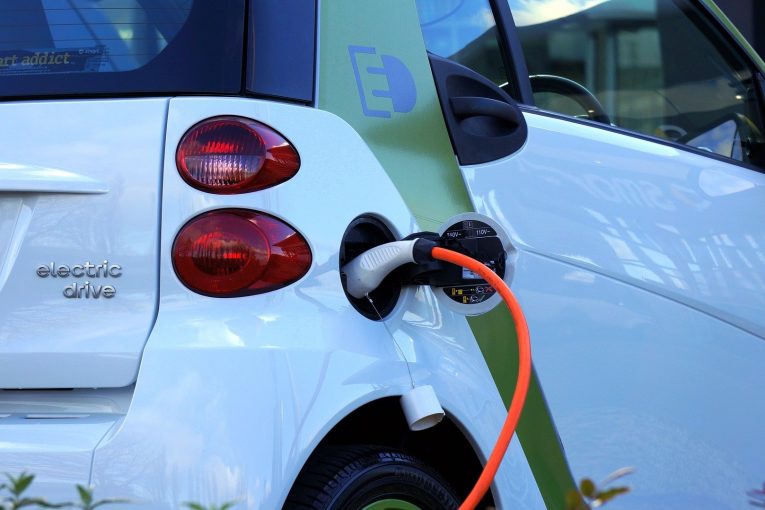Infrastructure and storage
The fluctuating and spatially distributed feed-in of renewable energy poses a challenge for future energy security. On the one hand, the existing infrastructure for the transport and distribution of energy must be adapted to the new requirements. On the other hand, with increasing decarbonisation of the energy system, the need for energy storage will grow. We have the relevant technical knowledge and understand the interrelationships between system components to achieve the most efficient outcome. This means that with us you are best in class equipped for the future.
In our many years of experience, we have built up a broad and in-depth knowledge of the technologies in the field of infrastructure and energy storage. Our techno-economic analyses take into account the interactions between the two electricity and gas grids and show their role in the national and international context. In addition, we derive the storage requirements for renewable energies in detailed simulations and carry out well-founded evaluations of the different technologies. Technical, economic and regulatory factors play an important role in both areas.




